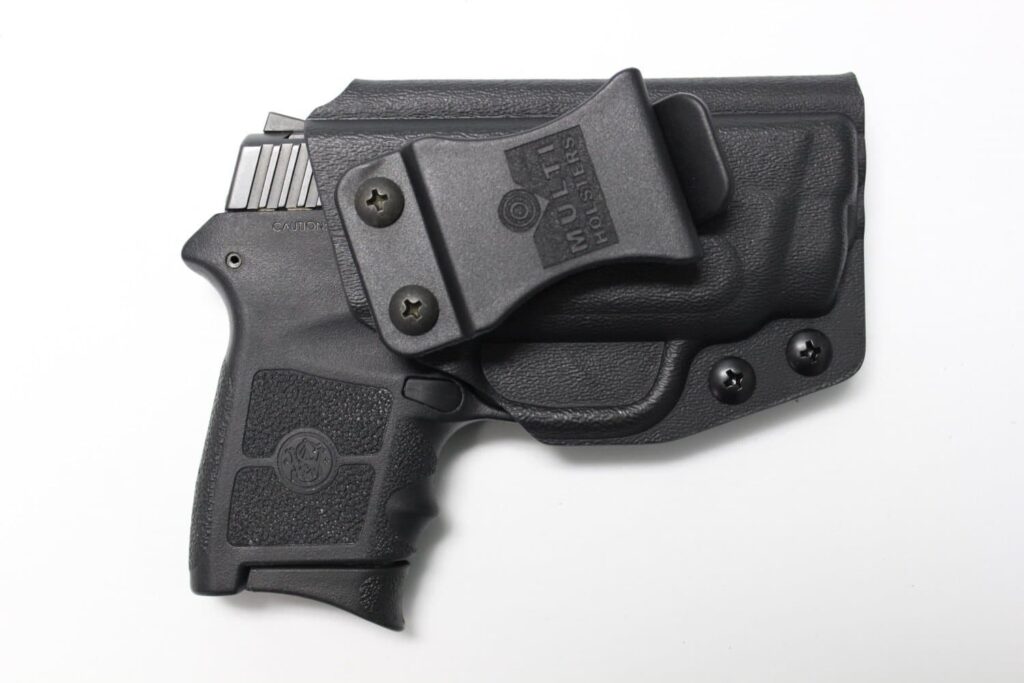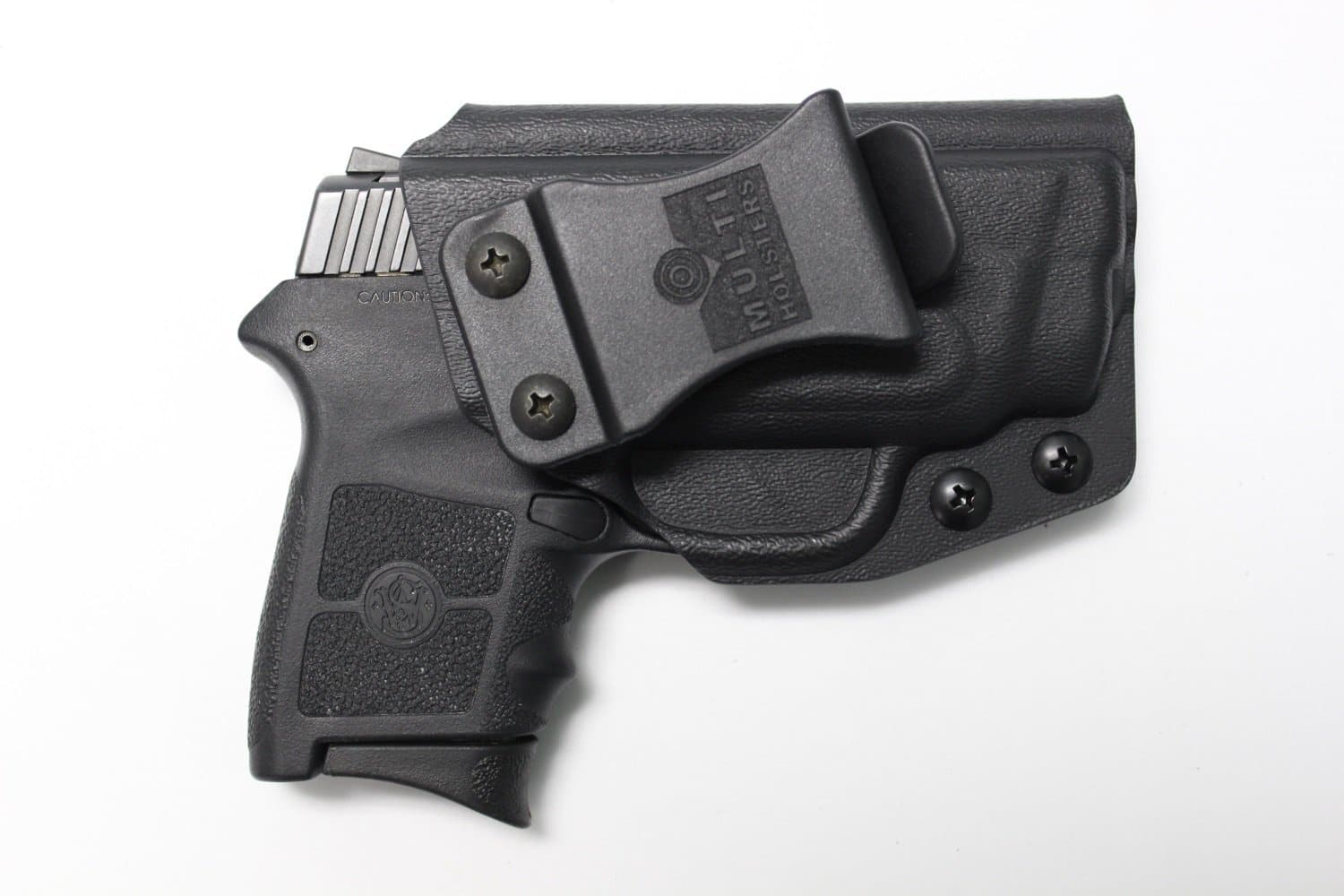
Smith & Wesson: A Legacy of Innovation and American Firearm History
Smith & Wesson, a name synonymous with American firearms, represents a storied history of innovation, craftsmanship, and a significant presence in law enforcement, military, and civilian markets. Founded in 1852, the company has consistently pushed the boundaries of firearm technology, contributing significantly to the evolution of handguns and long guns. This article delves into the rich history of Smith & Wesson, its key innovations, its impact on American culture, and its current position in the firearms industry.
The Founding and Early Innovations
Horace Smith and Daniel B. Wesson formed the “Volcanic Repeating Arms Company” in the 1850s, later becoming Smith & Wesson. Their initial focus was on lever-action pistols and rifles. However, their breakthrough came with the development of the first commercially successful revolver using self-contained metallic cartridges – the .22 Short. This invention revolutionized firearm technology and established Smith & Wesson as a leader in the industry. The Model 1 revolver, introduced in 1857, marked the beginning of a long line of iconic revolvers. [See also: History of Firearms]
The American Civil War provided a substantial boost to Smith & Wesson’s production. The demand for reliable and easy-to-use firearms increased dramatically, and Smith & Wesson revolvers proved popular among soldiers and civilians alike. This period solidified the company’s reputation for quality and innovation.
Key Milestones and Iconic Firearms
Smith & Wesson’s commitment to innovation continued throughout the late 19th and 20th centuries. The introduction of larger caliber revolvers, such as the .44 S&W American and the .44 Russian, further cemented the company’s position. These revolvers were adopted by law enforcement agencies and military forces worldwide. The Model 3 revolver, chambered in .44 S&W American, was notably used by the U.S. Army and gained international acclaim.
The 20th century saw the rise of several iconic Smith & Wesson firearms. The .38 Special cartridge, introduced in 1902, became a standard for law enforcement for decades. Revolvers chambered in .38 Special, such as the Military & Police model (later known as the Model 10), were widely adopted by police departments across the United States. The .357 Magnum cartridge, developed in the 1930s, represented another significant advancement in handgun ammunition. The Smith & Wesson Model 27, chambered in .357 Magnum, was a powerful and versatile revolver that gained popularity among law enforcement and civilian shooters.
During World War II, Smith & Wesson contributed significantly to the war effort, producing large quantities of firearms for the U.S. military and its allies. The Victory Model, a .38 Special revolver, was widely issued to military personnel and served in various theaters of the war. [See also: World War II Firearms]
The Modern Era: Polymer Pistols and Beyond
In the late 20th and early 21st centuries, Smith & Wesson adapted to the changing demands of the firearms market. The introduction of polymer-framed pistols, such as the Sigma and M&P (Military & Police) series, marked a significant departure from traditional metal-framed revolvers. These pistols offered advantages in terms of weight, durability, and cost. The M&P series, in particular, has become a popular choice among law enforcement agencies and civilian shooters, competing directly with Glock and other polymer pistol manufacturers. The Smith & Wesson M&P Shield, a compact and concealable pistol, has also gained significant popularity for concealed carry.
Smith & Wesson also expanded its product line to include modern sporting rifles (MSRs), such as the M&P15, based on the AR-15 platform. These rifles are popular among civilian shooters for sport shooting, hunting, and self-defense. The company continues to innovate and develop new firearms and accessories to meet the evolving needs of its customers.
Smith & Wesson and Law Enforcement
Smith & Wesson has a long and deep-rooted relationship with law enforcement agencies in the United States and around the world. For decades, Smith & Wesson revolvers were the standard sidearm for police officers. The .38 Special revolver, in particular, was a staple of law enforcement for much of the 20th century. As law enforcement agencies transitioned to semi-automatic pistols, Smith & Wesson adapted by developing polymer-framed pistols, such as the M&P series, that met the requirements of modern policing. The company continues to work closely with law enforcement agencies to develop and improve its firearms and accessories.
Smith & Wesson and the Second Amendment
Smith & Wesson has been at the center of debates surrounding the Second Amendment and gun control. As a major firearms manufacturer, the company has faced scrutiny from gun control advocates and has been involved in numerous legal and political battles. Smith & Wesson has consistently defended the rights of law-abiding citizens to own firearms for self-defense and other lawful purposes. The company has also supported efforts to promote responsible gun ownership and prevent gun violence.
The Current Landscape and Future Outlook
Today, Smith & Wesson Brands, Inc. remains one of the largest and most recognizable firearms manufacturers in the United States. The company produces a wide range of firearms, including revolvers, pistols, rifles, and shotguns, catering to a diverse customer base. Smith & Wesson continues to innovate and develop new products to meet the evolving needs of the firearms market. The company’s future outlook is tied to the ongoing debates surrounding gun control and the demand for firearms for self-defense, sport shooting, and hunting.
The Smith & Wesson brand is deeply ingrained in American culture and history. Its firearms have been used by law enforcement officers, military personnel, and civilian shooters for over 160 years. The company’s commitment to innovation and quality has earned it a reputation as a leader in the firearms industry. Despite the challenges and controversies surrounding the firearms industry, Smith & Wesson remains a significant and influential player. [See also: The Future of Firearms Technology]
Conclusion
Smith & Wesson’s journey from a small firearms manufacturer to a global leader is a testament to its commitment to innovation, quality, and adaptability. The company’s contributions to firearm technology have had a profound impact on law enforcement, military, and civilian markets. As Smith & Wesson continues to evolve and adapt to the changing landscape of the firearms industry, its legacy as a pioneer and innovator is sure to endure. The history of Smith & Wesson is intertwined with the history of American firearms, making it a crucial element in understanding the evolution of personal defense and the role of firearms in society.
The enduring appeal of Smith & Wesson firearms lies in their reliability, accuracy, and historical significance. Whether it’s a classic revolver or a modern polymer pistol, a Smith & Wesson firearm represents a piece of American history and a commitment to quality craftsmanship. As the company moves forward, it will undoubtedly continue to shape the future of the firearms industry and contribute to the ongoing debate surrounding gun ownership and regulation. The Smith & Wesson name will continue to be associated with innovation and American firearm history.

